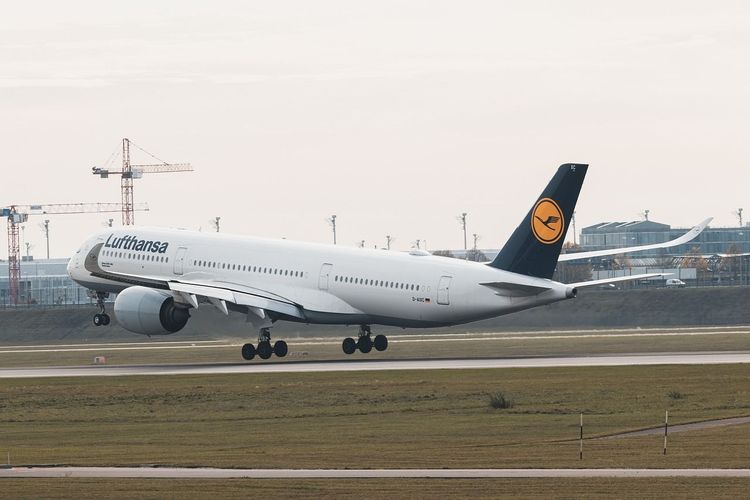In the competitive landscape of AI-driven humanoid robots, a significant development is unfolding. Figure AI, a startup supported by major companies like OpenAI, recently unveiled a teaser video showcasing its latest model, Figure 02, set to be officially launched on August 6, 2024. Established in 2022 by serial entrepreneur Brett Adcock, who previously founded the eVTOL aircraft company Archer Aviation and the recruiting platform Vettery, Figure AI is making waves in the robotics sector.
In March 2023, Figure AI introduced its first universal humanoid robot, Figure 01, designed to tackle the global workforce shortage by performing various tasks in industries such as manufacturing, logistics, warehousing, and retail. The newly released teaser for Figure 02, while lacking extensive details, highlights the robot's joints and limbs, showcasing a potentially adaptive mesh design and impressive specifications such as a torque rating of 150Nm and joint articulation of up to 195 degrees. Brett Adcock emphasized on social media that Figure 02 aims to be "the most advanced humanoid robot on Earth."
Figure AI's rapid evolution and robust investment backing have garnered attention this year, following a successful $675 million funding round that valued the company at $2.6 billion. This investment attracted heavyweights from the tech and AI sectors, including Jeff Bezos's private fund Bezos Expeditions, Nvidia, Microsoft, Intel Capital, and OpenAI. As part of the funding agreement, Figure AI is collaborating with OpenAI to develop next-generation AI models for humanoid robots and utilizing Microsoft's Azure cloud services for AI infrastructure, training, and storage.
Earlier in the year, Figure AI partnered with BMW to demonstrate the integration of OpenAI's GPT-4V visual model into the Figure 01 robot. Notably, this integration was completed before the release of OpenAI's new flagship models, GPT-4o and GPT-4o mini. Adcock envisions these robots improving productivity and safety by undertaking dangerous and undesirable tasks, contributing to a more automated and efficient future. He also made it clear that these robots will never be weaponized.
Figure 01 is an all-electric humanoid robot standing 1.6 meters tall, weighing 60 kilograms, with a payload capacity of 20 kilograms and a runtime of five hours on a single charge. Its design focuses on practicality, aiming for performance capabilities of 50-60% of human abilities, including degrees of freedom, peak speed, and torque. The sleek profile is tailored to fit human work environments. The company plans to develop a new hardware and software version every six months, with the first full-size alpha prototype already completed and expected to walk within 30 days.
Figure AI is not alone in this endeavor; Tesla is developing a humanoid robot called Optimus, while Nvidia showcases advancements in humanoid robot AI through its Project GR00T, utilizing its Vision Pro headset. Boston Dynamics is updating its Atlas robot with an electric system replacing the hydraulic one, enhancing the robot's economy, quietness, reliability, and sturdiness. Supported by Amazon, Agility Robotics plans to establish a factory capable of producing 10,000 bipedal Digit robots annually. Additionally, the Norwegian startup 1X Technologies recently secured $100 million in funding, including support from OpenAI.
These companies aim to deploy AI-driven humanoid robots in diverse settings, from warehouses and factories to retail stores, healthcare facilities, and private homes. While humanoid robots have traditionally been viewed as a sci-fi dream, their commercialization has been slow due to high costs and designs centered on laboratory environments. However, the advent of generative AI, particularly large language models and multimodal AI, is changing this landscape. These models can rapidly analyze real-time video and audio inputs, providing human-like responses in audio and motion.
Goldman Sachs analysts predict that the humanoid robot market could reach a staggering $38 billion by 2035, with shipments potentially exceeding 250,000 units by 2030. Nevertheless, experts note that widespread adoption will require "several transformative phases." Humanoid robots rely on expensive components like actuators, motors, and sensors for operation, but analysts believe these costs will decrease significantly over the coming years, with the price per robot dropping from $50,000-$250,000 last year to between $30,000 and $150,000 now.
While the future of humanoid robots appears promising, numerous challenges remain for their commercial viability, including cost, technological maturity, safety, and societal acceptance. We await August 6 to discover the true capabilities of Figure 02.





